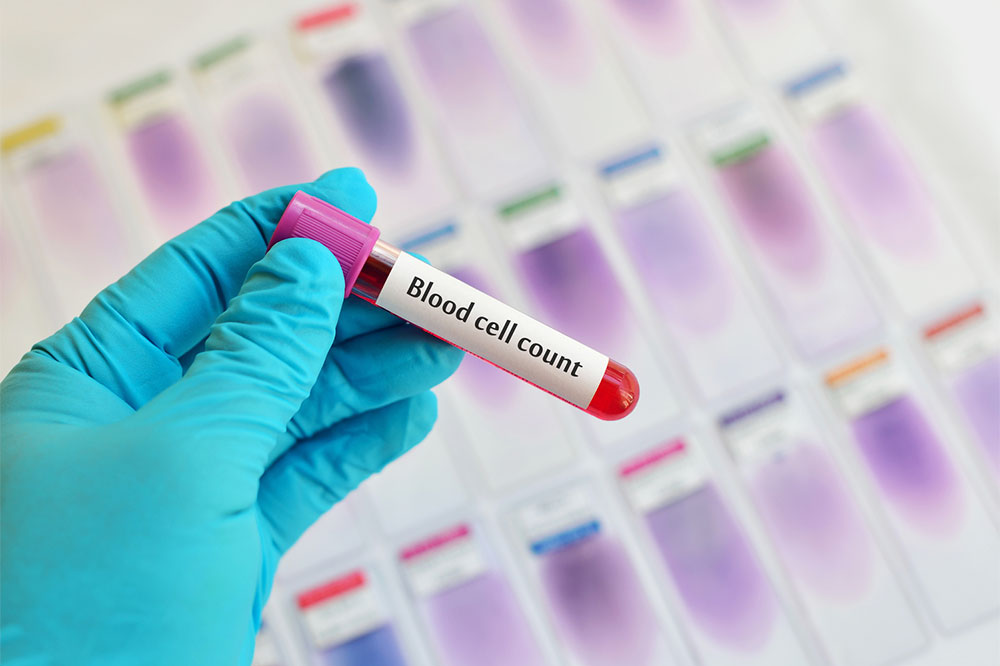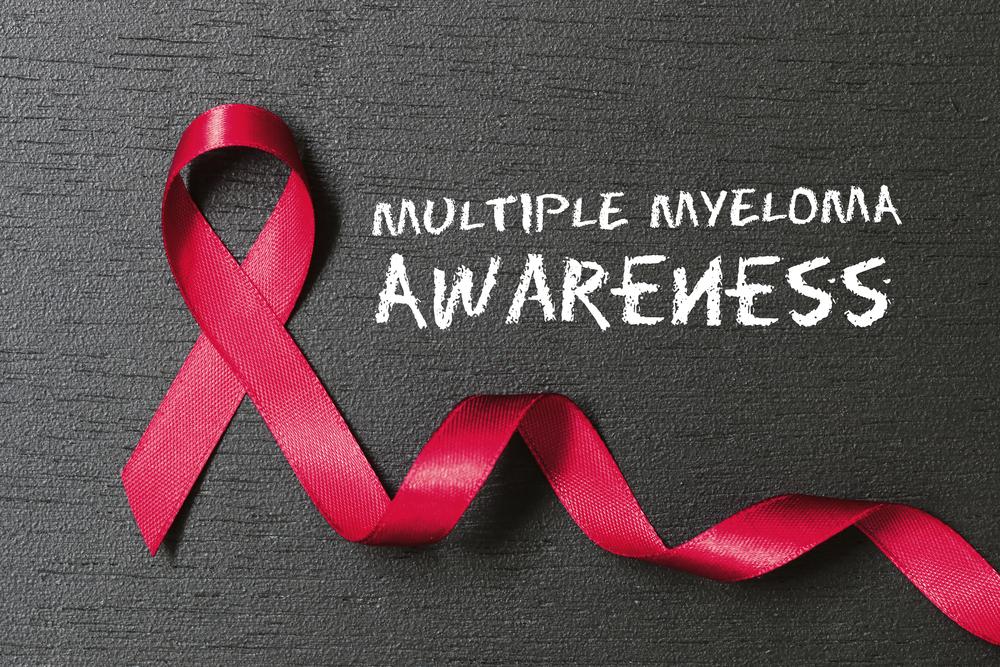Complete Guide to Blood Cell Counts: Understanding Their Role in Health and Disease
This comprehensive article explores the vital importance of blood cell levels, including red and white blood cells, and platelets. It covers causes and symptoms of abnormal counts, preventive measures, and treatment options. Understanding these blood metrics is essential for early detection and management of health issues like anemia and leukopenia. Regular blood testing and healthy lifestyle choices help maintain optimal blood health, significantly contributing to overall well-being and disease prevention.

The Significance of Blood Cell Levels in Overall Health
Blood tests measuring the levels of red blood cells, white blood cells, and platelets offer vital insights into an individual’s health status. These components, along with hemoglobin and hematocrit levels, form a comprehensive picture of bodily functions and potential health issues. Globally, more than two billion people face health problems stemming from abnormal blood cell counts, making understanding these metrics crucial for early diagnosis and intervention. This extensive guide delves into what blood cell counts are, the symptoms and causes of abnormal levels, and effective preventive and treatment strategies.
The Critical Role of Blood Cell Testing in Medical Diagnostics
Performing blood tests, often referred to as Complete Blood Count (CBC), is a fundamental practice in medicine. This testing helps diagnose a multitude of health conditions, from infections and anemia to immune deficiencies and blood cancers. It also allows healthcare providers to monitor the progression of chronic diseases and assess the effectiveness of ongoing treatments. Early detection of abnormal blood counts can significantly improve health outcomes and guide timely interventions.
The procedure involves drawing blood via a vein, typically from the arm, which is then analyzed in a laboratory to determine the counts of platelets, various types of white blood cells, and red blood cells. These measurements provide critical clues about the body’s immune system, oxygen-carrying capacity, and clotting ability, making CBC a cornerstone in routine health assessments and disease diagnostics.
Understanding the Causes of Low White Blood Cell Counts
White blood cells (WBCs), also known as leukocytes, are produced mainly in the bone marrow — the spongy tissue inside the bones. They play a key role in defending the body against infections and foreign invaders. When white blood cell counts are abnormally low, it can be a sign of underlying health issues that need to be addressed promptly. Several factors contribute to leukopenia, or low white blood cell counts, which include:
Bone Marrow Dysfunction
The production of white blood cells occurs in the bone marrow. Damage or suppression of this tissue impairs their production. Common causes include exposure to harmful chemicals like benzene, pesticides, and certain industrial toxins. Medical treatments such as chemotherapy and radiation therapy for cancer also often damage the bone marrow, leading to decreased white blood cell production.
Autoimmune Disorders
Conditions like systemic lupus erythematosus (lupus) and rheumatoid arthritis involve the immune system attacking its own cells, which can include white blood cells. These autoimmune diseases can suppress the production or increase the destruction of leukocytes, resulting in lowered counts that compromise immunity.
Infections
Viral infections, especially severe ones like HIV/AIDS, hepatitis, or the influenza virus, can directly impact bone marrow function or cause the immune system to consume white blood cells rapidly. This often results in a reduced WBC count, especially during intense or prolonged illness episodes.
Radiation and Medical Treatments
Cancer treatments involving radiation can damage marrow tissue, decreasing white blood cell production. Chemotherapy, which targets rapidly dividing cells, also adversely affects leukocyte counts, necessitating careful monitoring during treatment.
Recognizable Symptoms of Low White Blood Cells
Many individuals with decreased white blood cell counts may not experience symptoms initially. However, as immunity wanes, signs of infection become apparent. Common symptoms include:
Frequent or severe fevers
Chills and sweating episodes
Oral or throat sores and ulcers
Persistent cough or respiratory issues
Shortness of breath or difficulty breathing
Abdominal pain or persistent diarrhea
These symptoms indicate the body's inability to fight off infections adequately, requiring immediate medical attention.Preventive Measures to Protect White Blood Cell Health
While some causes of low white blood cell counts are unavoidable, several precautions can help minimize risks. Maintaining good hygiene practices, such as regular handwashing and disinfecting surfaces, can reduce the likelihood of infections. Avoiding contact with sick individuals and ensuring foods, especially meats and seafood, are thoroughly cooked are vital steps. Minimizing exposure to radiation or environmental toxins also plays a crucial role in safeguarding immune health. Additionally, maintaining a balanced diet rich in essential nutrients like vitamin C, zinc, and antioxidants supports immune function.
Treatment Strategies for Low WBC Count
The management of leukopenia depends on its underlying cause. Antibiotics and antifungal medications are often prescribed to prevent or treat infections in immunocompromised patients. In cases of severe leukopenia, growth factors such as granulocyte colony-stimulating factor (G-CSF) can stimulate white blood cell production. In autoimmune cases, immunosuppressive therapies may be recommended to control immune activity. Regular monitoring and tailored treatment plans are vital to restore optimal white blood cell levels and protect health.
Causes and Management of Red Blood Cell Deficiency
Red blood cells (RBCs) are essential for transporting oxygen from the lungs to tissues throughout the body. Anemia, characterized by a low RBC count or hemoglobin level, results in reduced oxygen delivery, leading to fatigue and other health issues. Various factors contribute to anemia, including deficiency of vital nutrients, genetic conditions, and chronic diseases.
Primary causes include:
Iron deficiency, due to inadequate dietary intake or blood loss
Deficiencies in vitamin B12 and folic acid, essential for red blood cell production
Certain inherited disorders such as sickle cell anemia and thalassemia
Rapid destruction of red blood cells from autoimmune processes or hemolytic anemia
Loss of blood from ulcers, hemorrhoids, or gastrointestinal bleeding
Recognizing Symptoms of Anemia
People with anemia often experience fatigue, weakness, and dizziness. Additional symptoms include pale skin, headaches, irritability, chest pains, and shortness of breath. Severe anemia can impair brain function and cause fainting episodes, increasing the risk of falls and injuries.
Effective Treatments for Red Blood Cell Deficiency
Treatment depends on the severity and cause of anemia. Common interventions include oral iron supplements, vitamin B12 injections, folic acid therapy, and blood transfusions in critical cases. For inherited conditions, bone marrow transplants may be necessary. Addressing underlying causes such as bleeding or nutritional deficiencies is crucial for effective management and recovery.
Evaluating Blood Cell Counts for Accurate Diagnosis
A comprehensive blood count is the first step in diagnosing blood cell abnormalities. Based on the results, healthcare professionals can identify whether white or red blood cell counts are abnormal and determine the potential causes. Further specialized tests, including bone marrow biopsies or genetic studies, might be required for persistent or complex cases. Consulting hematologists ensures comprehensive care and tailored treatment plans.
Summary: Maintaining Healthy Blood Cell Levels
Blood cells perform vital functions in oxygen transport, immune defense, and blood clotting. Imbalances or deficiencies can lead to serious health problems. Recognizing symptoms early and seeking medical evaluation can facilitate prompt treatment. Maintaining a balanced diet, avoiding toxins, and practicing good hygiene are key preventive strategies. Regular health checkups and blood tests are essential tools in monitoring blood health and ensuring well-being over time.





